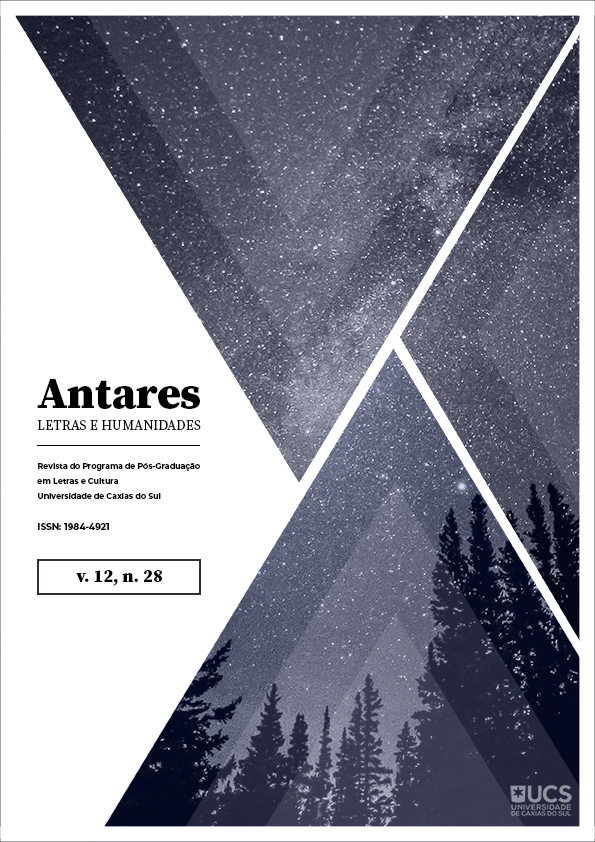Majora’s Mask (2000): eco-horror in The Legend Of Zelda
Palavras-chave:
Eco-horror, Extinction, The uncanny, Supernatural, Haunting.Resumo
This study analyzes the elements of eco-horror in the narrative of the video game The Legend of Zelda: Majora’s Mask, released by Nintendo in 2000 for the Nintendo 64 console. Diverging from the rest of the franchise with its traditional landscape of the Kingdom of Hyrule, Majora’s Mask sets the protagonist Link in a parallel world called Termina, forcing him to delve into the dangers of this realm to avoid the fall of the Moon in the next three days, before he can finally find his way back to his home world. In light of the theories of ecocriticism as originally presented by Glotfelty (1996), as well as video game studies and scary games as studied by Thabet (2015) and Perron (2018) respectively, the discussion here focuses on the eco-horror of environmental disasters, which materializes in the otherworldly representation of Termina and in the hybrid bodies created by the use of shapeshifting masks.





